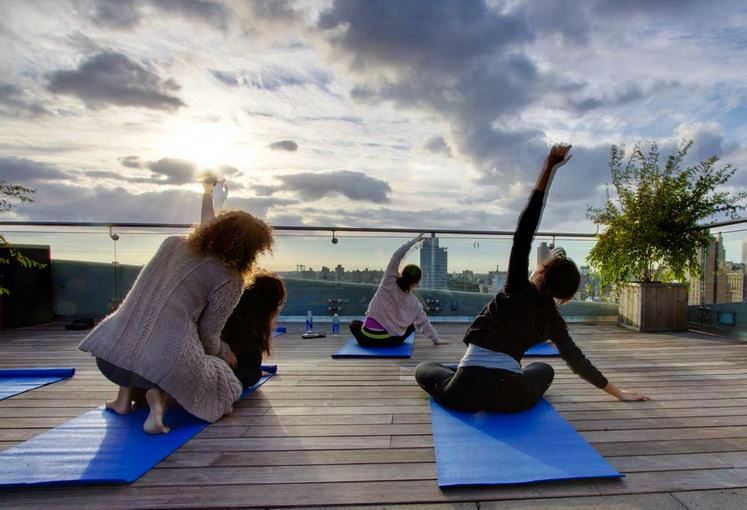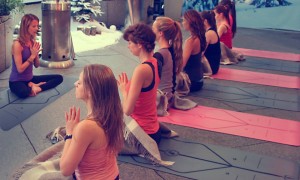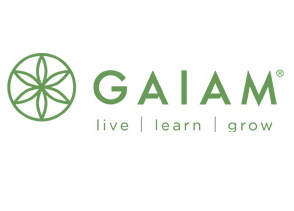Slow, conscious breathing can relieve stress and restore peace. In fact, Thích Nhất Hạnh wrote, “Feelings come and go like clouds in a windy sky. Conscious breathing is my anchor.” Last week, we learned a minty remedy to cleanse our lungs. To further support better health, we explore a simple breathing technique, below.
By Lorraine Ereira -
We all do it, all day, every day. Even while we sleep. In fact we never ever stop doing it. If we did we would die. But do we ever think about it? Do we realise just how much of an impact it has on our bodies, our minds and our overall health?
It is the simple act of respiration. That’s right – breathing! Believe it or not, there are different ways to breathe, which have different effects on the body and our health. But let’s just take a look at two. Nose breathing which induces relaxation, calm, and improves health, and the other mouth breathing, which most of us do by default, because of the lives we lead, which contributes to many health concerns like elevated blood pressure and an increase in resting heart rate.
I would like to share with you an extract from my latest book Sports Pattern Release™. In this extract I explain how breathing effects the human body. I will then offer you a simple breathing technique to support better health.
“Breathing is something that is all too often overlooked but is of the utmost importance in correct biomechanical function. The human body will sacrifice everything to maintain respiratory function and this includes posture. Nasal breathing is the way we are pre-programmed to breathe and mouth breathing is triggered by stress. Interestingly, when posture is poor, it is easier to breathe through the mouth and harder to breathe nasally. The reverse is also true, illustrating the close relationship between breathing and posture. Additionally, mouth breathers often breathe much less deeply, only using the upper chest, whereas nose breathers tend to use the diaphragm making full use of the lungs, oxygenating the blood and brain. If the diaphragm becomes inhibited through poor posture, stress or bad habits, the accessory inhibitory muscles will overwork, becoming overactive, leading to trigger points and chronic tension.
“There are many different yoga breathing exercises. Pranayama breathing, which is the practice of voluntary breath control, when practised slowly has been shown to have positive effects on immune function, hypertension, asthma, autonomic nervous system imbalances and psychological or stress-related disorders. It has been hypothesised that voluntary slow deep breathing functionally resets the autonomic nervous system. Investigations have demonstrated that slow pranayama breathing techniques activate the parasympathetic (inhibitory) nervous system. This type of breathing employed with deep stretching will have a combined effect on stimulating parasympathetic activity while concurrently decreasing sympathetic activity. This will lower the heart rate, blood pressure and induce relaxation”.
So by simply working on our breathing technique we can induce better health both physiologically and mentally.
Try this exercise for a few minutes each day
Either lie down or sit with a lengthened spine, to open the airways fully. Close your eyes and your mouth and place your hands on your belly and inhale slowly and deeply through your nose feeling your belly rise as you do. Now move your hands to the base of your ribs and continue the inhalation into the mid-section of your lungs and feel your ribcage expand laterally. Lastly move your hands to your upper chest breathe into the top of the lung and feel the chest rise. Hold that breath for a moment, before very slowly exhaling from the top, then the middle and lastly form the base of your lungs. Do this for at least five minutes. Try to focus on this and think of nothing else; give it your full attention. Take note of how you feel after this exercise.
The more you practice the deeper your breathing will become and the more benefits you will achieve. And the best thing? It’s totally free!!
About the author:
Lorraine Ereira is a writer and a Sports Therapist with a keen interest in nutrition and healthy living. Lorraine cared for her husband who was diagnosed with cancer last year, but with good nutrition and healthy living has made a full recovery. It is now Lorraine’s mission to share the positive aspects of her experience with others who wish to life a healthy and low toxic lifestyle.
Her first novel Journey From the Summit, a true story, was published earlier this year, followed by her recent publication Sports Pattern Release™, a guide for manual therapists working in sport. Lorraine is currently writing her second novel about how she coped with her husband’s illness, and how making well researched and informed choices helped him on the path to his recovery.
Originally posted on Wakeup-World.com.
-Art via WeHeartIt







No Comments